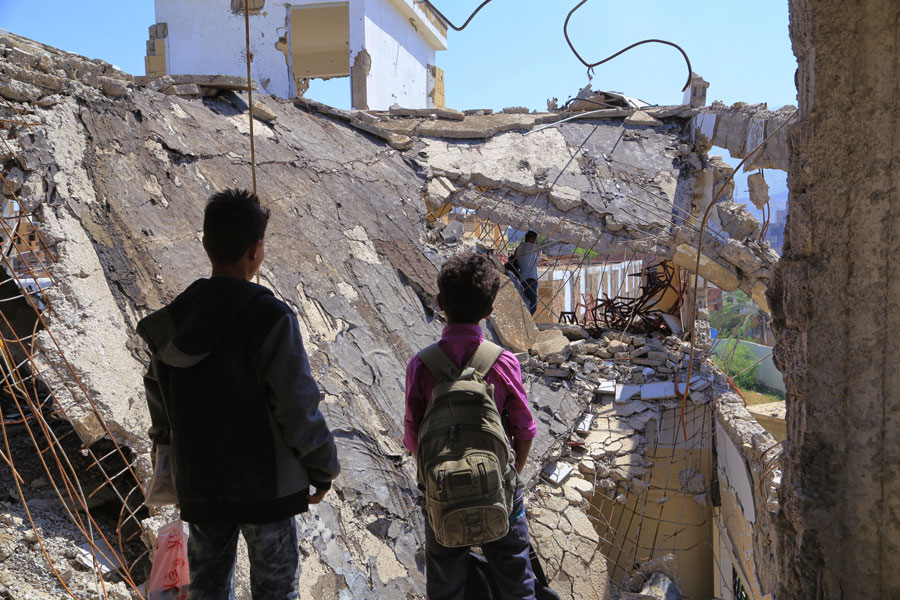Exploitation of the Environment in War or Armed Conflict Is Inevitable; Three Case Studies Including Gaza Strip, Yemen, and Iraq

GUTTENBERG, NJ – Any kind of war or armed conflict is a miserable thing as it kills numbers of innocent civilians. Conflict destroys communities, cultures, infrastructure, and most importantly the environment. In this story, we will visit how years of ugly wars in countries such as Gaza, Yemen, and Iraq have led to the immense loss of environmental resources.
Gaza Strip
Israel launched at least three major sustained assaults on the Gaza strip between 2008 and 2014. The attack destroyed much of the area’s infrastructure, including Gaza’s only power plant. Because of it, the city has been facing en electricity crisis for a decade. Israel’s bombing also destroyed the sewage treatment of the city, leaving 97% of Gaza’s freshwater contaminated by sewage and saline, which of course is unfit for human consumption.
An exponential rise in diarrhea cases was reported in the city that also immensely impacted the IQ level of children living there.
Gidon Bromberg, director of EcoPeace Middle East, based in Tel Aviv said
The water crisis in Gaza strip is a ticking time bomb. We have a situation where two million people no longer have access to potable groundwater. When people are drinking unhealthy water… the disease is a direct consequence.” Should pandemic disease break out in Gaza, people will simply start moving to the fences of Israel and Egypt, and they won’t be moving with stones or with rockets. They’ll be moving with empty buckets, desperately calling out for clean water.” he added.
Yemen
In the country, the Saudi-led bombing campaign has created an environmental catastrophe. Cholera, a potentially fatal disease symbolize the humanitarian crisis in Yemen, has become the largest documented cholera epidemic of modern times. Until March 2019, more than 2,000 suspected or confirmed cases were recorded.
Doctors without Borders, a medical charity organization released a statement:
“Dramatic increase in cholera cases, demonstrating the urgent need for humanitarian assistance to improve water and sanitation in the war-torn country.”
Yemen is termed as the world’s worst man-made humanitarian crisis and more than 24 million people (around 80 percent of Yemen’s population) need assistance and protection.
Iraq
During the 2003 Iraq invasion, the U.S military used open-air burn pits to dispose of the weapon-grade waste. This practice has caused the cancer rates to skyrocket among both U.S. servicemen and local Iraqi living near the site. Because of the waste, Iraqi children get diseases such as spinal deformities, cancer, leukemia, cleft lip and missing or malformed, and paralyzed limbs.
Conclusion
In July 2019, The International Law Commission has adopted 28 legal principles to enhance the protection of the environment in the war and conflict situations. David Jensen, UNEP’s Head of Environmental Peace building said:
“Protecting the environment before, during, and after armed conflict must rise to the same level of political importance as protecting human rights. A healthy environment is a foundation upon which peace and many human rights are realized.”



Comments are closed.